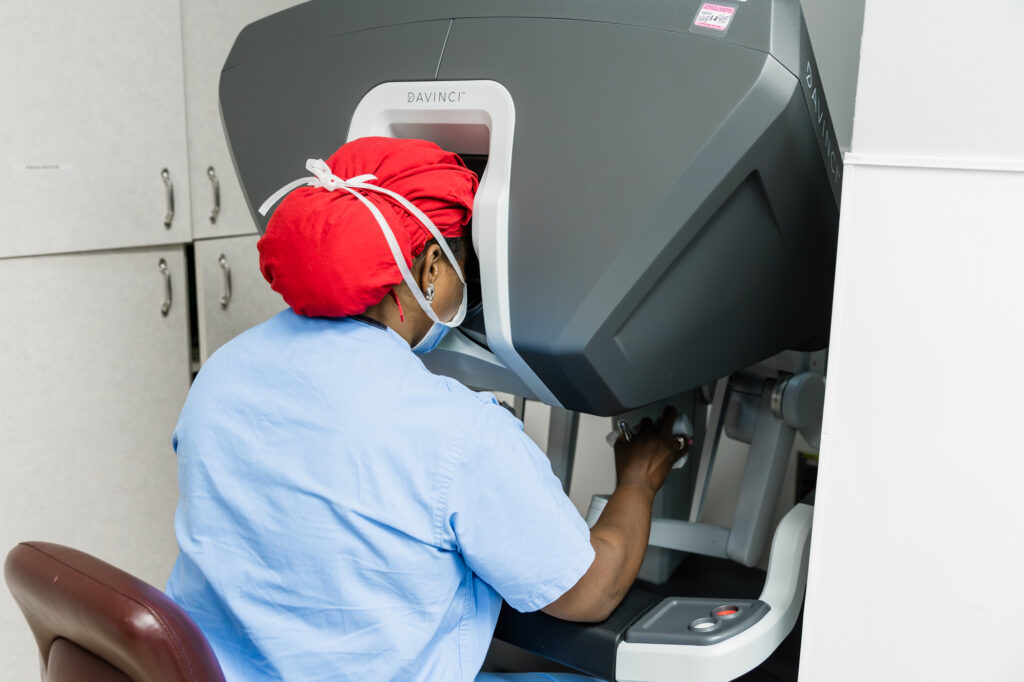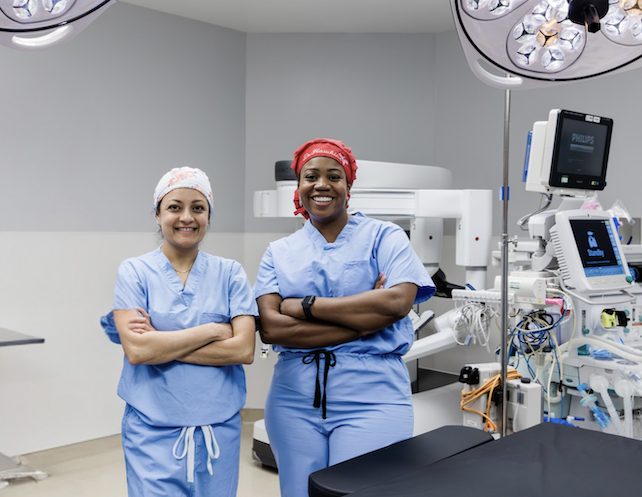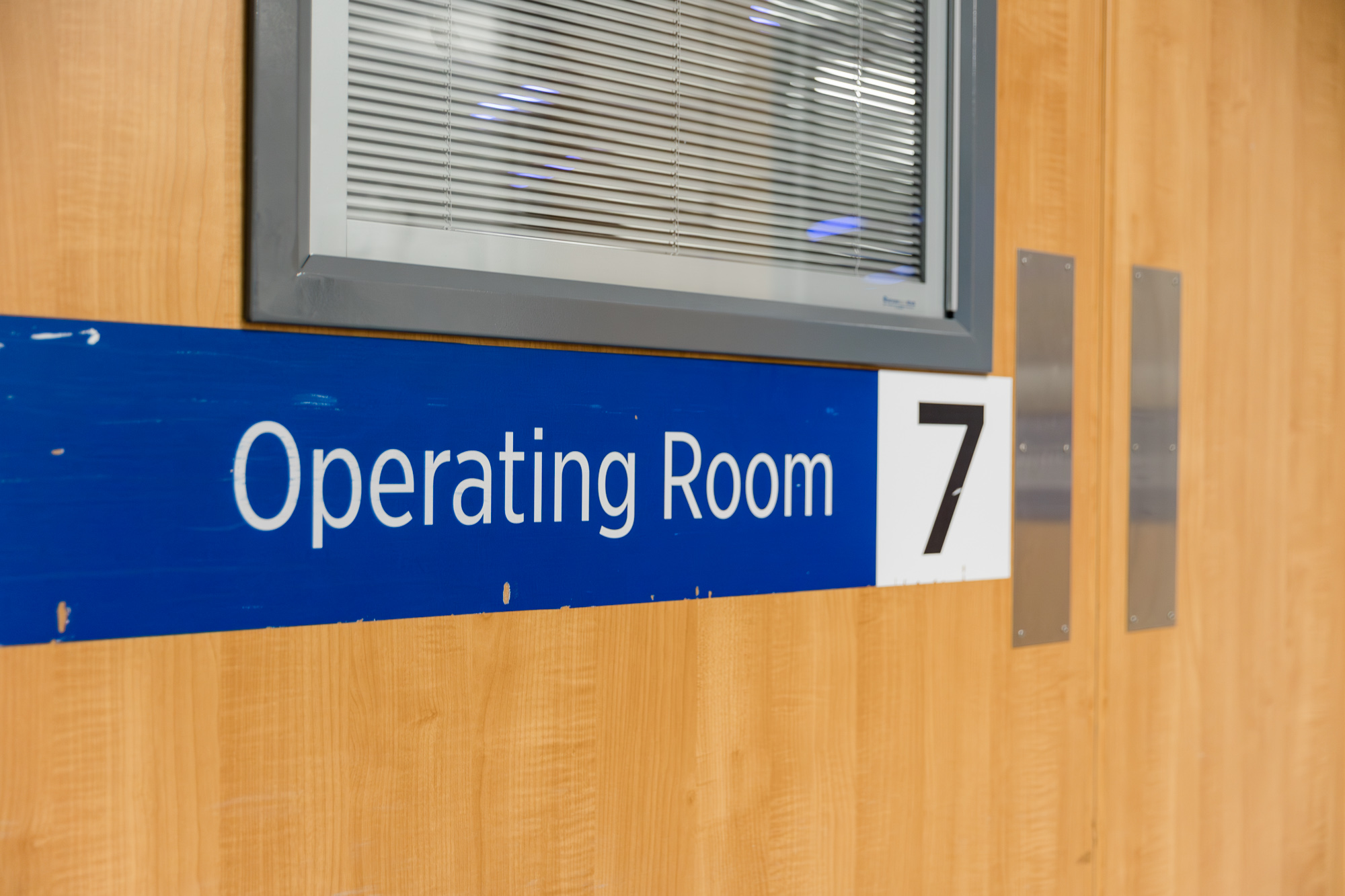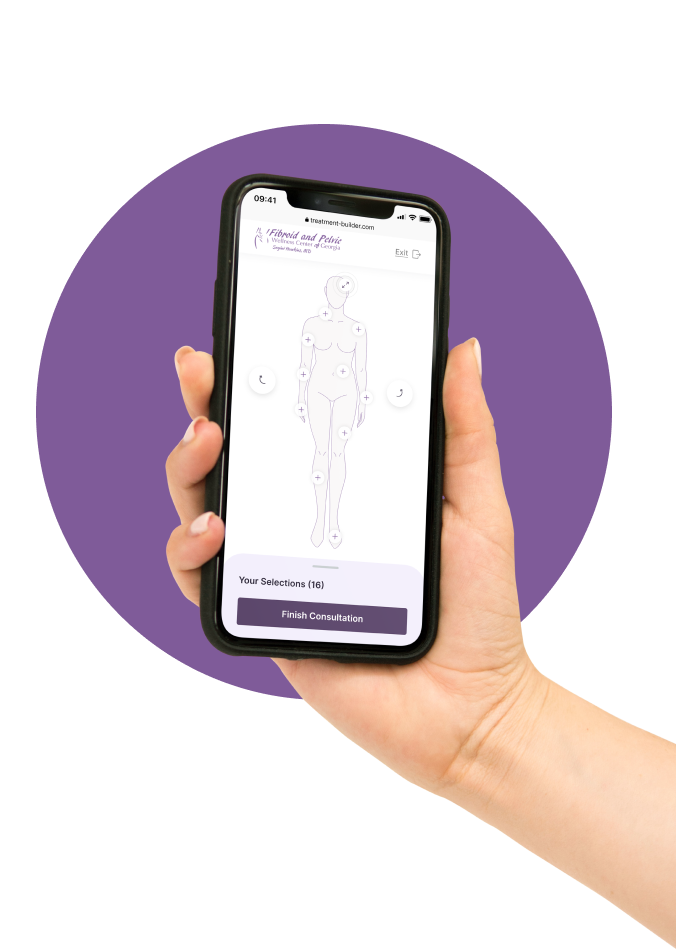Laparoscopic surgery, also known as minimally invasive surgery or keyhole surgery, is a surgical technique that involves making small incisions in the abdomen or pelvis and inserting specialized instruments and a camera through these incisions to perform surgical procedures.
Surgery Without the Downtime
Expertly performed laparoscopic and robotic surgeries offer a significant advantage over open procedures by minimizing blood loss. Bleeding can obscure the surgical field, increasing the risk of injury. Controlling blood loss not only enhances surgical precision but also supports faster recovery and prevents complications from reduced oxygen supply to vital organs like the heart, brain, and kidneys.
Dr. Soyini Hawkins, a laparoscopic surgeon in Atlanta, founded the Fibroid and Pelvic Wellness Center of Georgia to provide women’s health treatments using noninvasive and minimally invasive surgical techniques. Our surgeons are experienced and skillful surgeons and can reduce or even eliminate bleeding during the majority of their minimally invasive elective surgeries.

How We Use Laparoscopy
- To investigate and identify causes of gynecological symptoms
- To take tissue samples for diagnostic purposes
- To complete hysterectomies, myomectomies and other surgeries
- Prevention and elimination of blood loss during surgery
Our Process
You will receive general anesthesia to ensure you remain comfortable and pain-free during the procedure. Laparoscopic surgery involves performing surgery through a few very small holes in the abdomen. Through these holes, a camera and other instruments are placed. Dr. Hawkins and Dr. De use the laparoscope to visualize the internal organs.
Once the necessary surgical steps have been completed, the instruments are removed, and the incisions are closed with sutures or surgical tape. In some cases, dissolvable stitches or surgical glue may be used.
Our Promise
Less Pain
Compared to traditional open surgery, laparoscopy offers several advantages, including smaller incisions, less pain and scarring, and reduced risk of infection and blood loss.
Advanced Techniques
Laparoscopy allows surgeons to perform complex procedures with precision and accuracy while minimizing trauma to surrounding tissues and organs.
Faster Recovery
Minimally invasive surgeries often result in faster recovery periods for patients, making it easier to get back to your normal routine after surgery.

All I can say is “Thank you”! I’ve been dealing with heavy menstruation, extreme cramps, and infertility for many years.
Diamond Y.
Experience Excellent Gynecological Care

Conditions We Treat
Our Atlanta-based practice is a full-service provider dedicated to leading the way in women’s pelvic health and wellness.
About Our Practice
Dr. Hawkins, a laparoscopic surgeon in Atlanta, and her team are women’s health advocates dedicated to providing full-service gynecological treatment.
The Fibroid and Pelvic Wellness Center of Georgia takes on many of the most complex surgeries other gynecological doctors won’t, and we are often asked to offer second opinions. We also provide male and female clients with aesthetics and wellness services including Emface, Emsculpt NEO, and Emsella.

The Team at the Fibroid and Pelvic Wellness Center of Georgia
Get to know our team, led by Dr. Soyini Hawkins, a leading laparoscopic surgeon in Atlanta. They’ll support you throughout your surgery for the best possible outcomes.
Frequently Asked Questions
Still have questions? Contact us.
Unlike traditional open surgery, which involves making a large incision to access the surgical site, laparoscopic surgery uses small incisions and specialized instruments to minimize trauma to surrounding tissues, reduce pain, shorten recovery times, and improve cosmetic outcomes.
The benefits of laparoscopic surgery include smaller incisions, less pain and scarring, shorter hospital stays, faster recovery times, reduced risk of complications such as infection and blood loss, and improved cosmetic outcomes compared to traditional open surgery.
Recovery from laparoscopic surgery is typically faster and less painful than recovery from traditional open surgery. Most patients can resume normal activities within a few days to a week after the procedure, although strenuous activities may need to be avoided for a longer period.
Laparoscopic surgery leaves small scars or incisions at the surgical sites, typically ranging from 0.5 to 1.5 centimeters long. These scars usually heal well and fade over time, resulting in minimal scarring compared to traditional open surgery.




